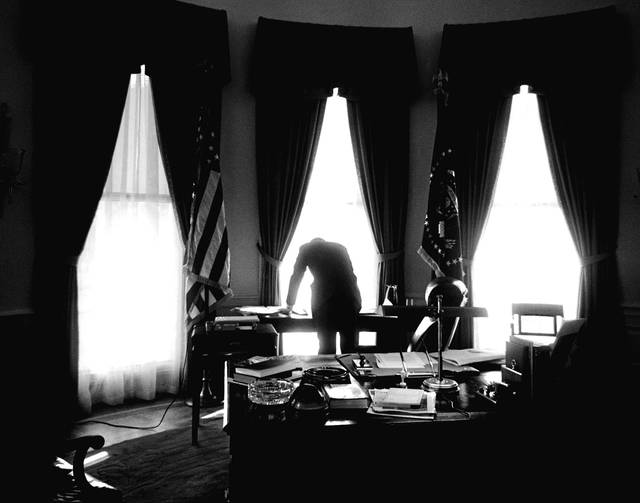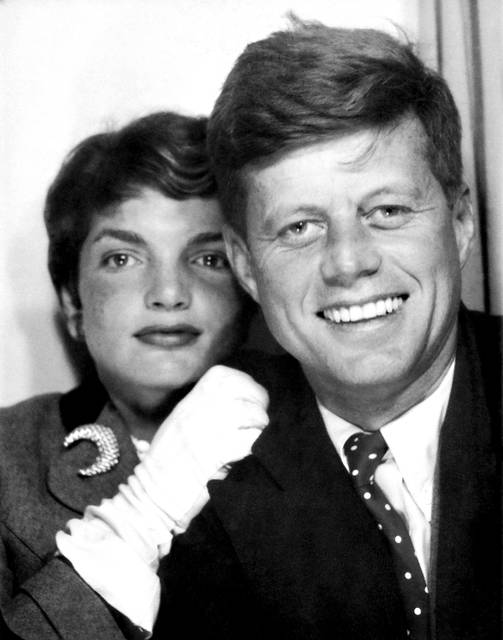WASHINGTON — An exhibition of 77 photographs of John F. Kennedy’s life, ranging from his early life to his assassination, has opened to the public at the Smithsonian American Art Museum. ADVERTISING WASHINGTON — An exhibition of 77 photographs of
WASHINGTON — An exhibition of 77 photographs of John F. Kennedy’s life, ranging from his early life to his assassination, has opened to the public at the Smithsonian American Art Museum.
Alluding to the current resident of the White House’s first 100 days in office, “If you really want to look at the (first) 100 days, he didn’t have it that easy,” said the exhibition’s curator, Lawrence Schiller, pointing to the ill-fated Bay of Pigs invasion in Cuba.
The release of “American Visionary: John F. Kennedy’s Life and Times” celebrates the 100th anniversary of the late president’s birth on May 29.
Schiller, a photojournalist who photographed the Kennedys and Lee Harvey Oswald, didn’t want any of the photographs in the show to be blown up beyond the size at which they were seen by people in the 1960s.
As for the artifacts in the show, “Every single piece in there was bought on eBay,” he said. “That is really the interesting thing, eBay gives you history. And the magazines are less expensive now than they were in the ’60s.”
Magazine covers with Kennedy on the cover from Newsweek, The Atlantic, Look, and The Chicago Sunday Tribune Magazine, among others, are displayed, as well as newspapers like The New York Times and an edition of TV Guide with Jacqueline Kennedy on the cover.
The exhibition “covers a unique moment in American history,” as it was a “golden era of photojournalism,” Schiller said.
He added that up to that time, no politician was photographed more than Kennedy and photojournalists didn’t hide their “admiration” for him.
The first room includes photographs of Kennedy’s early life and his time in Congress. Schiller said the photographs capture the late president as he learned about how he should be viewed by the public eye.
The second room includes photographs of Kennedy on the campaign trail, on Election Night and at his inauguration.
“Kennedy had a pretty good crowd himself,” Schiller said, joking about the contention from Donald Trump’s White House about the size of his inauguration crowd vs. Barack Obama’s.
The third room includes photographs of Kennedy’s presidency, which shows him as a family man. Schiller pointed out that he brought his young children to live in the White House upon moving in.
The last photographs in the room were five scenes from Kennedy’s assassination.
“I felt less is more,” Schiller said. “How do you tell this story in the simplest way?”
The exhibition, which opened last Wednesday, is based off a book co-edited by scholars Douglas Brinkley and Stephen Kennedy Smith, which Schiller collaborated on. Smith is a former Senate Judiciary and Foreign Relations committee staffer.
The book features almost 600 photographs. He said in creating the book and exhibition, he went through 34,000 images.
Smith, the nephew of JFK, saw Schiller’s book before release and requested only that he change the last photograph to one of the president on the beach alone, with which Schiller complied.
The exhibition runs in D.C. through Sept. 17.




